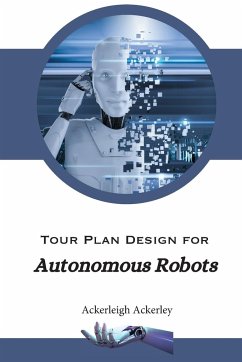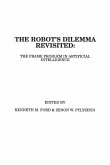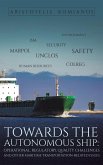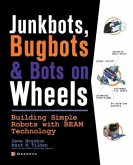Tour plan design for autonomous robots is a process that involves the creation of an effective path exploration strategy for controlling the movement of mobile robots. The main objective of tour planning is to ensure that autonomous robots can navigate through their environment efficiently and effectively while achieving their mission objectives. Tour plan design is an essential element in the development of autonomous systems and plays a critical role in enabling them to perform complex tasks in various domains, including manufacturing, logistics, agriculture, and healthcare. One of the primary considerations in tour plan design for autonomous robots is the environment in which they will operate. This includes factors such as the terrain, obstacles, and other environmental features that may affect the robot's mobility. The tour plan must take into account the specific characteristics of the environment to optimize the robot's path and ensure it can reach its destination safely. Another critical factor in tour plan design is the robot's capabilities, including its sensors, actuators, and computational resources. The tour plan must take into account the robot's physical and computational limitations to ensure that it can navigate through the environment without compromising its safety or performance. The tour plan design process typically involves the following steps: Environment modeling: The first step in tour plan design is to create a digital model of the environment in which the robot will operate. This involves collecting data on the terrain, obstacles, and other features that may affect the robot's mobility. Path planning: Once the environment model is created, the next step is to develop a path planning algorithm that can generate an optimal path for the robot to follow. The path planning algorithm considers the robot's capabilities and the environment model to create a path that minimizes the robot's travel time, energy consumption, and risk of collision. Trajectory planning: After the path is generated, the trajectory planning algorithm calculates the robot's motion along the path, taking into account the robot's dynamics and kinematics. The trajectory planning algorithm generates a sequence of motion commands that the robot can execute to follow the path. Path execution: Finally, the robot executes the planned path and trajectory. During execution, the robot's sensors provide feedback on its position and orientation, allowing it to adjust its motion if necessary. Tour plan design for autonomous robots is a complex process that requires a deep understanding of the robot's capabilities and the environment in which it will operate. As the field of robotics continues to advance, tour plan design will play an increasingly critical role in enabling robots to perform complex tasks in a variety of domains








